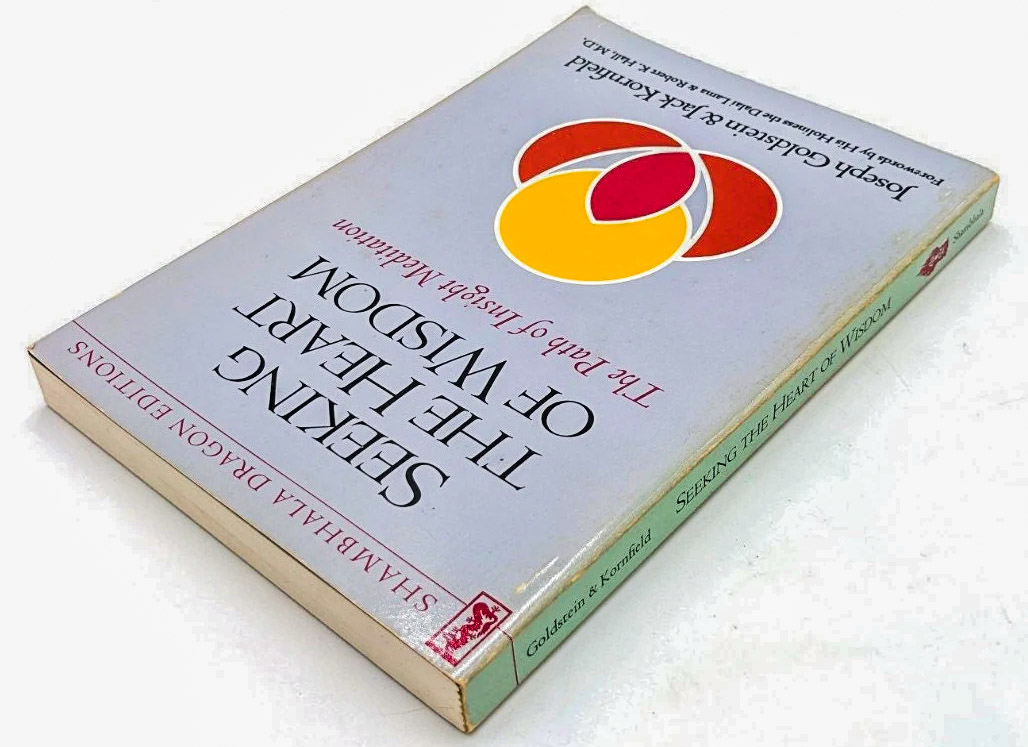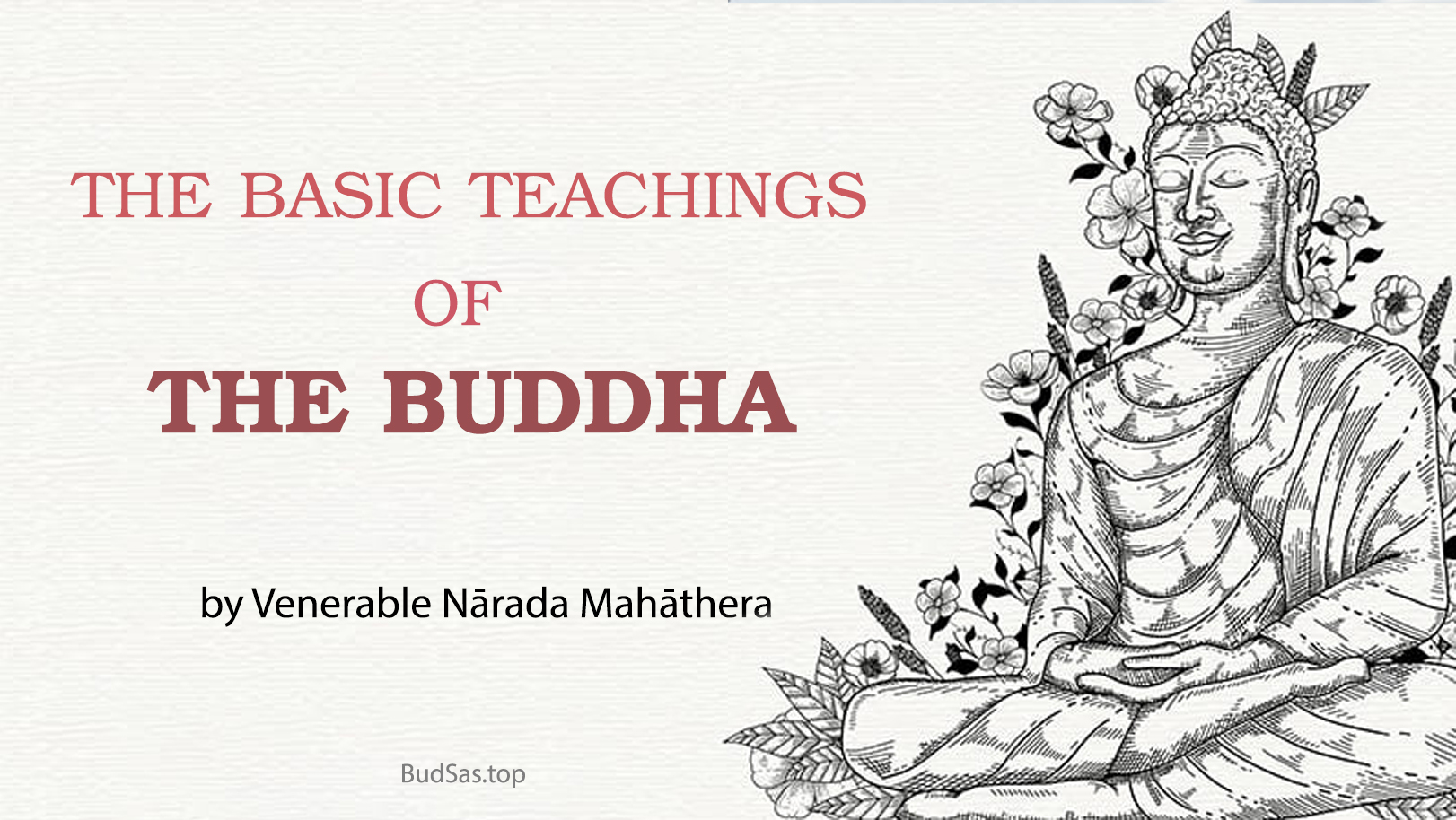
Eight Mindful Steps to Happiness
Walking the Buddha’s Path
by Henepola Gunaratana
—o0o—
PLEASE CLICK OVERHERE TO DOWNLOAD FREE
Table of contents
Contents……Page 6
Publishers’ Acknowledgment……Page 9
Acknowledgments……Page 10
List of Abbreviations……Page 12
Introduction……Page 16
Step 1 Skillful Understanding……Page 40
Step 2 Skillful Thinking……Page 72
Step 3 Skillful Speech……Page 106
Step 4 Skillful Action……Page 124
Step 5 Skillful Livelihood……Page 148
Step 6 Skillful Effort……Page 164
Step 7 Skillful Mindfulness……Page 208
Step 8 Skillful Concentration……Page 238
The Promise of the Buddha……Page 262
Suggested Further Reading……Page 272
Index……Page 276
About the Author……Page 282
INTRODUCE
Soon after Mindfulness in Plain English was published, several of my friends and students asked me to write a book about the Buddha’s path to happiness in the same straightforward style. This book is my response. Mindfulness in Plain English was a meditation manual, a guide for students in the practice of mindfulness meditation. Yet mindfulness is only part of the Buddha’s teachings. Mindfulness can much improve our lives, but the Buddha offered more. He gave us a complete guide to happiness, which he summed up in eight steps. Even a little effort to incorporate these eight steps into your life will yield happiness. Strong effort will transform you and bring you the happiest and most exalted states achievable. The eight steps of the Buddha’s path are easy enough to memorize, but their meaning is deep and requires an understanding of many related topics of the Buddha’s teachings. Even those familiar with the Eightfold Path may not see how central it is to the whole teaching or how it fits their experience. As in Mindfulness in Plain English, I have tried to present this teaching plainly, so that anybody can practice the eight steps in their daily life. I recommend that you do not read this book as you would a novel or the newspaper. Rather, while reading, continually ask yourself, “Am I happy?” and investigate what you find. The Buddha invited the people he taught to come and see. He invited all of us to look at ourselves, to eight mindful steps to happiness come home, to come close to our own bodies and minds and examine them. Don’t get lost in beliefs and suppositions about the world, he told us; try to find out what is really going on. We are good at accumulating information, gathering data. Perhaps you have picked up this book to gather more information. If you have been reading popular Buddhist books, stop and ask yourself what you hope to get from this one. Do you just want to impress people with how well you know Buddhism? Do you hope to gain happiness through intellectual knowledge of the teachings? Knowledge alone will not help you find happiness. If you read what follows with the willingness to put the Buddha’s path to happiness into practice—to actually try out his advice, rather than just get an intellectual impression—then the profound simplicity of the Buddha’s message will become clear. Gradually, the full truth of all things will be revealed to you. And gradually you will discover the lasting happiness that full knowledge of the truth can give you. If you get upset by things that you read in Eight Mindful Steps to Happiness, then investigate why. Look within. Ask yourself what is currently happening in your mind. If something you read makes you miserable, ask yourself why. Sometimes we feel uncomfortable when someone points out how unskillful we are. You may have a lot of bad habits and other obstacles that keep you from greater happiness. Do you want to learn about them and make some changes? So often we get upset by some tiny little thing and then blame it on someone—a friend, secretary, boss, neighbor, child, sibling, parent, the government. Or we get disappointed when we don’t get what we want or lose something we value. We carry within our minds certain “psychic irritants”—sources of suffering—that are triggered by events or our thoughts. Then we suffer, and we try to stop the pain by changing the world. There’s an old story about a man who wanted to cover the whole earth with leather so he could walk more comfortably. He would have found it much easier to make a pair of sandals. Similarly, instead of trying to control the world to make yourself happy, work to reduce your psychic irritants.
But you must actually train yourself, not just read or think about it. Even meditating won’t get you far if you do not practice the entire path—especially its key aspects of developing right understanding, making strong, discerning effort, and practicing continuous mindfulness. Some of you sit on your meditation cushion for hours with your minds filled with anger, fantasy, or worry. Then you say, “I can’t meditate, I can’t concentrate.” You carry the world on your shoulders as you meditate, and you don’t want to put it down. I heard that a student of mine was walking down the street while reading a copy of Mindfulness in Plain English. He wasn’t being mindful of where he was, and he was hit by a car! The Buddha’s invitation to come and see asks you to personalize what you read here. Put the Buddha’s eight steps into practice, even while you are reading. Don’t let your misery blindside you. Even if you read this book a hundred times, it won’t help you unless you put what’s written here into practice. But this book surely will help you if you practice sincerely, investigate your unhappiness fearlessly, and commit yourself to doing whatever it takes to reach lasting happiness.


![[PDF] Basic Buddhist Doctrines by Thien Phuc – The full 8 volumes](https://en.namo84000.org/wp-content/uploads/2023/12/Basic-Buddhist-Doctrines-by-Thien-Phuc.jpg)


![[En] A Reference Guide to Buddhist Studies](https://en.namo84000.org/wp-content/uploads/2021/10/buddha.jpg)